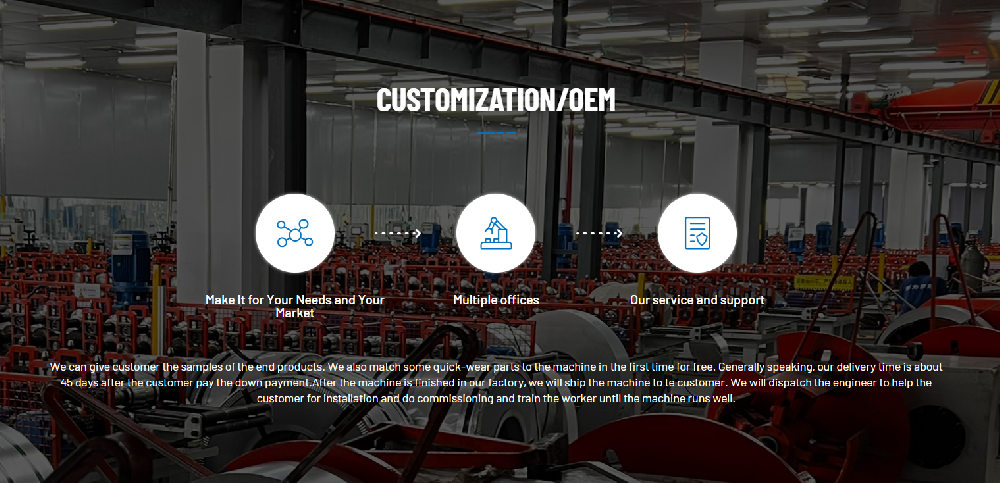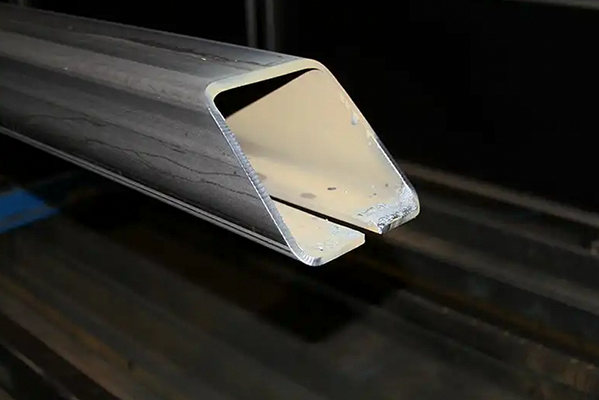Navigation Menu
Contact Us
- Email:
- info@wxavatar.com
- Address:
- Yurong Village, Yuqi Street, Huishan District, Wuxi, China.
Release Date:Jul 10, 2025 Visit:36 Source:Roll Forming Machine Factory
The railroad industry, a cornerstone of global logistics and transportation, is consistently evolving, and this progression is having a significant ripple effect on manufacturing sectors that support it. One area experiencing notable impact is the heavy-gauge roll forming equipment industry. As rail demands grow and specifications become more stringent, there's a clear impetus for continuous upgrades in the machinery that produces vital rail components.

The Demand for Durability and Precision
The very nature of rail infrastructure—withstanding immense weight, constant vibration, and diverse environmental conditions—necessitates components of exceptional strength and precise dimensions. From railcar frames and structural elements to specialized track components, the reliability and longevity of these parts are paramount for operational safety and efficiency. This inherent need for robust and accurate parts directly drives the requirements for the equipment that forms them.
Heavy-gauge roll forming, a process highly valued for its ability to create complex profiles with consistent quality from thick materials, is ideally suited for many rail applications. However, as the industry pushes for lighter yet stronger materials, higher speeds, and increased freight capacity, the demands on roll forming machinery intensify.
Key Areas of Advancement
Manufacturers of heavy-gauge roll forming equipment are responding to these evolving needs by focusing on several key areas:
Material Versatility: The adoption of advanced high-strength steels and other specialized alloys in rail component manufacturing requires roll forming machines capable of handling these materials without compromising formability or tool life. Equipment upgrades often involve enhanced tooling materials, more robust drive systems, and sophisticated control mechanisms to manage the unique properties of these materials.
Increased Automation and Control: To meet production quotas and maintain tight tolerances, the railroad industry benefits immensely from highly automated roll forming lines. This includes integrated systems for coil handling, precision feeding, in-line punching and notching, and robotic part manipulation. Advanced control systems, often leveraging digital technologies, allow for real-time adjustments, improved diagnostic capabilities, and reduced setup times.
Enhanced Forming Capabilities: The pursuit of more intricate and optimized profiles for rail components necessitates more sophisticated roll tooling designs and machine configurations. This can involve an increased number of forming stations, specialized bending techniques, and innovative approaches to achieve complex geometries while minimizing material stress.
Operational Efficiency: Beyond just forming capability, equipment manufacturers are driven to improve the overall efficiency of their machines. This includes features that reduce material waste, minimize energy consumption during operation, and simplify maintenance procedures, all contributing to a more streamlined and cost-effective production process for rail component suppliers.

A Collaborative Future
The relationship between the railroad industry and heavy-gauge roll forming equipment manufacturers is symbiotic. As rail technology advances, it creates a clear need for more capable and sophisticated manufacturing tools. In turn, innovations in roll forming technology can enable the development of new, more efficient, and durable rail components, further propelling the industry forward. This continuous cycle of demand and innovation suggests a future where both sectors continue to evolve in tandem, delivering robust solutions for the world's rail networks.